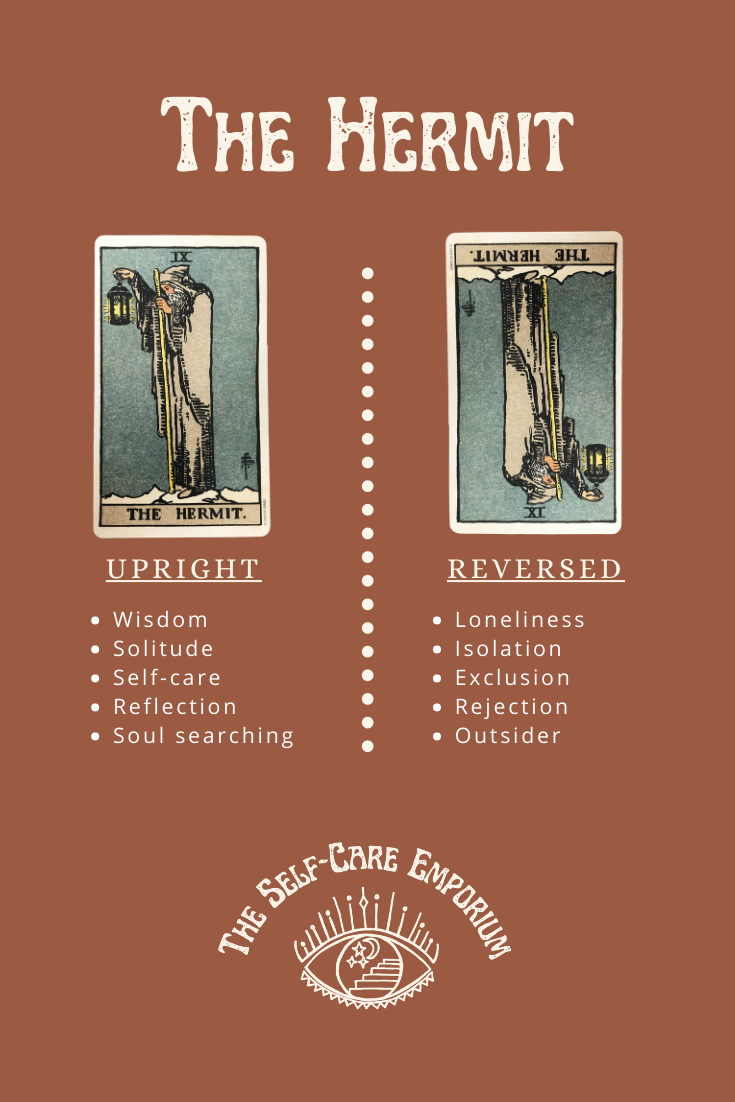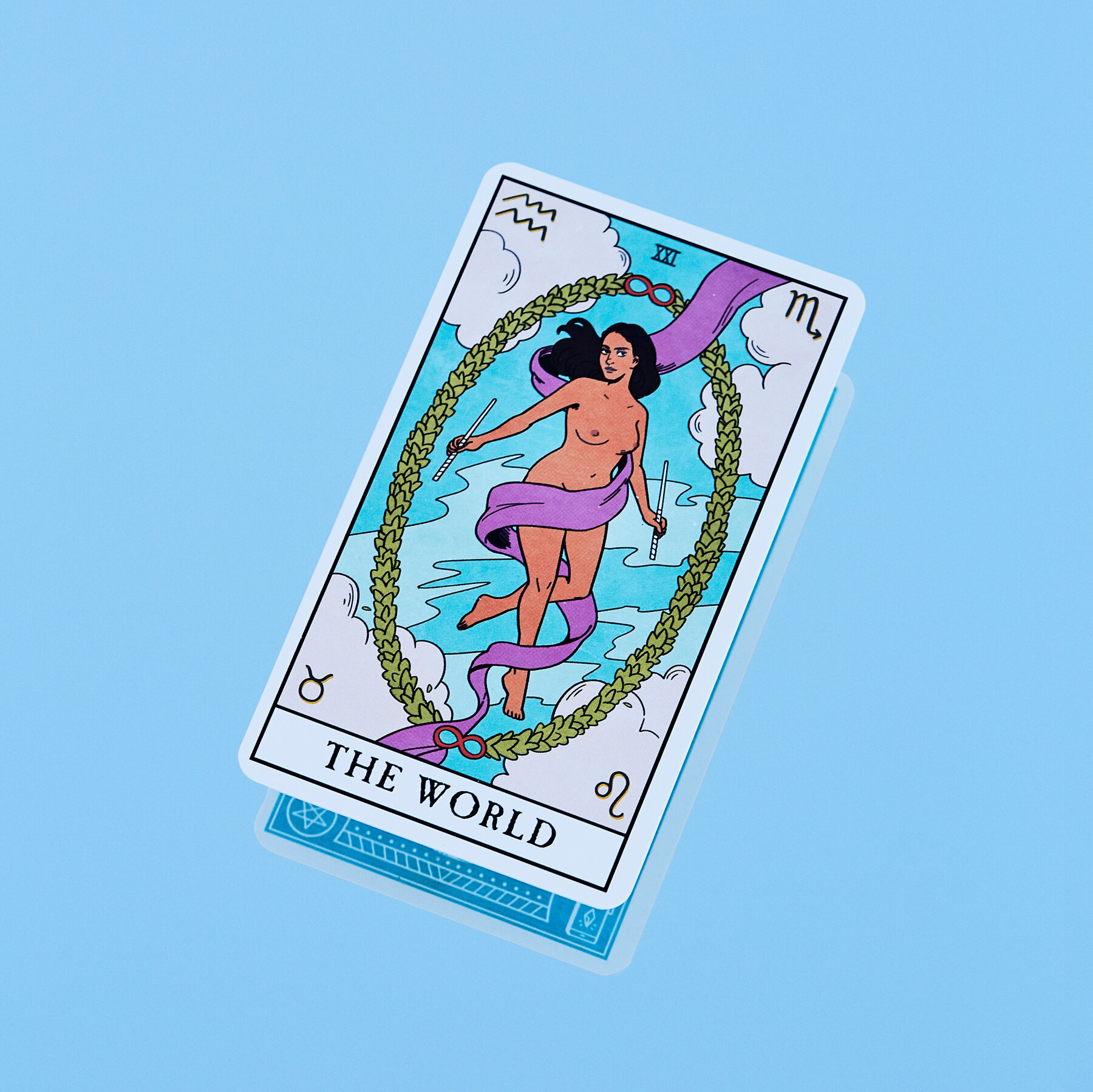
There are several things you need before you start reading tarot. Rose suggests closing your eye when you're shuffleing the cards, and asking for guidance through your spirit guides. Meditation can be a great way to tap into your intuition. Taking the time to connect with your inner knowing can help you avoid fear, doubt, and analysis.
Intuition when reading tarot books
The ability to read tarot cards can be helped by intuition. This is a skill that requires practice and not an exact science. There are many ways to increase your intuition and improve your self-awareness. Meditation and mindfulness can be a great way to get in touch with your emotions.
If you want to interpret a deck of cards, focus on the whole picture and not just the text. By doing so, you can gain insight by blending the card's imagery into a whole story. An intuitive tarot reader can see the big picture within a card. For example, traditional keywords for the card The Empress include abundance, nurturing, and feminine energy. It can also be used to refer to pregnancy and the birth of a baby.

Sometimes intuition is quiet and subtle. It may be as a feeling inside or in your head. It may also manifest as a physical sensation.
The do's and don’ts of intuitive readings using tarot
When performing intuitive Tarot readings, there are some things you should know. First, you shouldn't try to read another person's cards without first reading theirs. This is because your intuition may differ from the tarot-reader's.
The second thing to remember when reading intuitively is to keep your eyes open and your hearts clear. You will feel more confident if you keep your mind clear. You must practice to develop an intuitive reading. Meditation is a wonderful way to practice meditation and can help you connect with your inner knowing.
Next, you will need to learn how to use your intuition by using a Tarot deck. Choose a card to start with and lay it face-down. Ask for help in understanding what the card means. Do not attempt to guess its meaning; instead, refocus your attention. A flash of color or a sound might appear, or you may feel a message coming from your body.

Origin of the tarot card
While it is difficult to find the origin of intuitive Tarot cards, there are many who have used them for centuries. It is generally believed that the cards were originally used as games and prediction tools. The first tarot card was used for mystical purposes in 1785 by Jean-Baptiste Alliette (French occultist). He developed connections between the illustrated cards, astrology and ancient Egyptian lore.
Although the origins of the first tarot decks are likely to have been based on Roman or Egyptian myths, there are many theories. The Mamluks, an ethnic tribe who lived in the eastern Mediterranean region of the country, are the most commonly held theory that the Tarot was created. This theory is not sufficient to explain 21 trumps. The Italian Renaissance saw the first surviving tarot card decks emerge. These decks gained popularity with aristocratic courtiers. Tronfi was the name of tarot-cards in Italy in the 15th Century. These cards used carnivals as symbols for the Roman empire and included triumphs.
One way to get insight into intuitive tarot card interpretations is to feel them. For example, if you feel a heavy chest, this may be an indication of heartache and grief. Similarly, a heavy stomach may indicate an energetic state.
FAQ
What are some hobbies that seniors might enjoy?
Senior citizens need to find things they like doing. They should also be active and take part in activities such as sports or other physical activities.
They may want to join clubs that allow them to meet others with similar interests. This way, they'll feel less lonely as they age.
Seniors need to keep up with current trends. You could, for example, follow the latest trends in fashion, literature, and music.
How do I find a hobby to pursue?
You may feel overwhelmed when you start your quest to find a hobby.
You might be thinking "I'm not very creative" or "I am terrible at sports" or even "I don’t know anything”.
You probably have plenty of experience and knowledge to use when you are looking for hobbies.
It's not that you don’t realize it yet.
Take a good look at what you have in your house. How much stuff are you able to store?
Do you have any toys from the past?
Maybe you have a collection of books or magazines.
You might have always wanted the ability to cook.
Perhaps you would like to play guitar again.
Whatever it is, there's likely something you can turn into a hobby.
It is important to recognize that you already have a lot of experience to draw from.
Once you do that, you can choose a hobby to fit your life.
What does it cost to have a hobby?
It costs nothing to start a hobby. If you're serious about it, however, it may take you many years to reach your goals.
One thing can help you. It's called passion'. Passion will help you put in the effort to succeed.
You may become addicted to the activity once you have put in enough hours. This is where the real joy begins. Because you are enjoying what you are doing and are constantly improving. You will likely have seen a significant improvement by the end the year.
So don't worry too much about how long it takes. Give it a shot. You might be surprised by what you find!
What kind of hobbies is best for introverts.
Introverts are able to concentrate on one thing at once. They enjoy solitude and prefer to read, write, play music, watch movies, etc.
They also like to be alone. However, they do not enjoy socializing all day long. In fact, they often find themselves bored when surrounded by people.
Introverts may choose to do hobbies that are more alone-oriented. Introverts may love reading books, listening and/or playing music, or painting, drawing, writing poetry and taking photographs.
Some introverts will even live alone. They can focus on their hobbies and not be distracted by other people.
What are some good hobbies?
Your favorite hobbies are ones you enjoy. You will find it easier to stay motivated if you love what your doing. It will also be easier to find a reason to stop feeling tired or sick.
The hobbies we all love are gardening, painting and crafting, photography.
You might also consider volunteering at a local charity shop or animal shelter, children’s hospital, hospice, elderly home, school, community centre, church, and other places.
Suppose you're looking for something more adventurous. Take up skydiving or rock climbing, parasailing, parasailing and paragliding.
If you want to go further afield, there are plenty of unique ways to spend time in nature. These include caving and cave tubing.
Statistics
- I am 100% biologically a woman (discover.hubpages.com)
- A new survey by Pew Research Center of teens ages 13 to 17 finds that 36% of girls feel tense or nervous about their day every day; 23% of boys say the same. (pewresearch.org)
- The Role of the Mind in Sex, Dating, and Love: Men in the “humor” condition received phone numbers from 42.9% of the female participants and were refused 57.1% of the time. (time.com)
- Much of this decline reflects the fact that teens are less likely to work today than in the past; among employed teens, the amount of time spent working is not much different now than it was around 2005. (pewresearch.org)
- 37% Video Games 36% Travel 36% Health and Fitness (quizexpo.com)
External Links
How To
How to Start Baking
Baking involves the preparation of food using flour, eggs (or sugar), butter, or both. Baking relies on flour, fats/sugars, leavening ingredients, salt and water. We will be discussing how to make bread in this article. We will be using common ingredients such wheat flour and yeast as well as butter, olive oils, butter, egg whites (milk powder), eggs whites, egg yolks, salt, honey, water, and butter.
To bake bread, you need to mix these ingredients together. First, add the dry ingredients, flour, yeast, and salt to your mixing bowl. Then, add in the wet ingredients: milk powder, egg yolk. Mix all ingredients together. The honey should be added to the dough. Knead the dough until it is smooth. Allow the dough to rise for about 30 minutes. After rising the dough should be firm and elastic. The dough can be rolled out and placed on a baking sheet. Bake at 180C for 15 min.